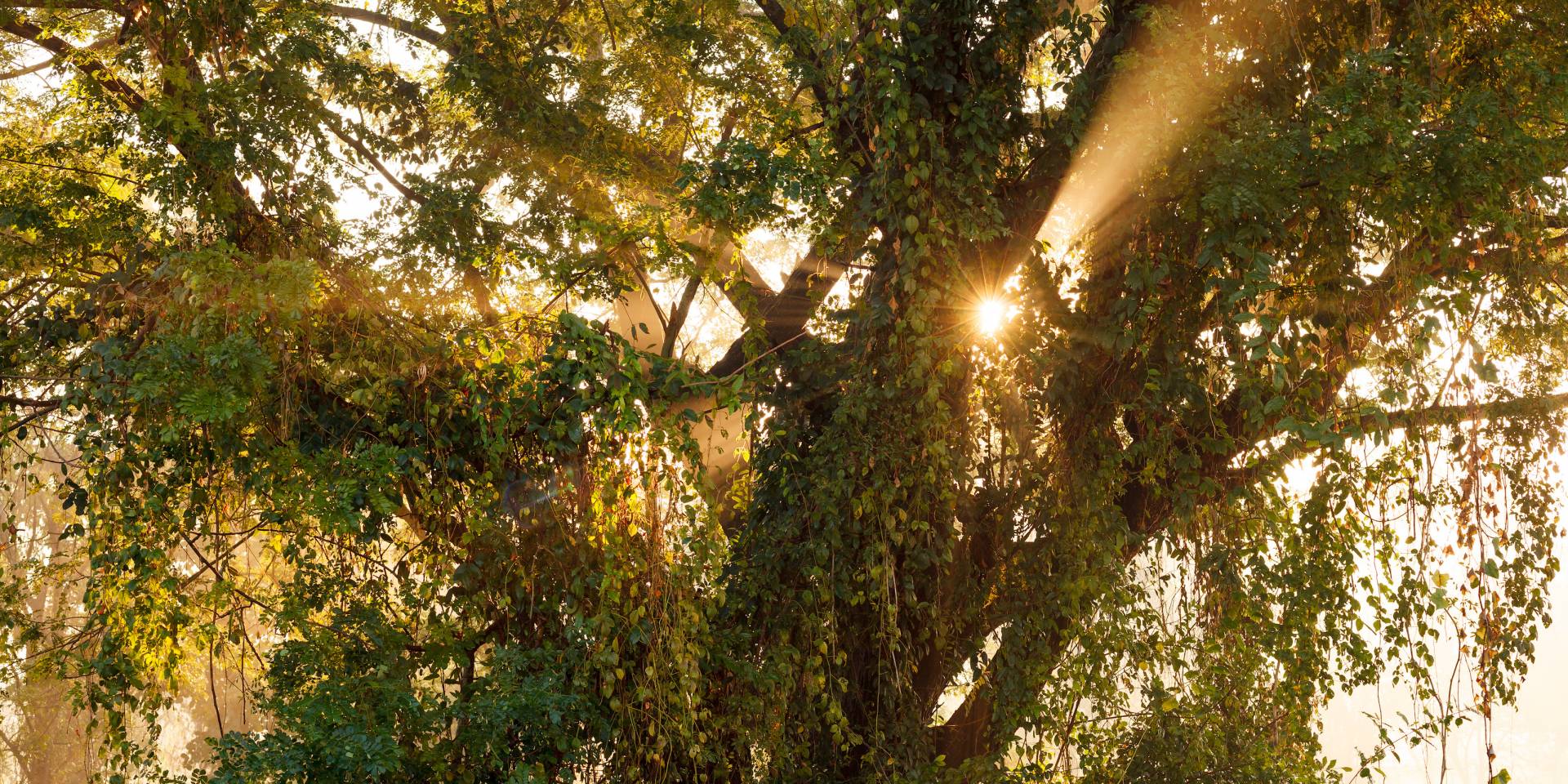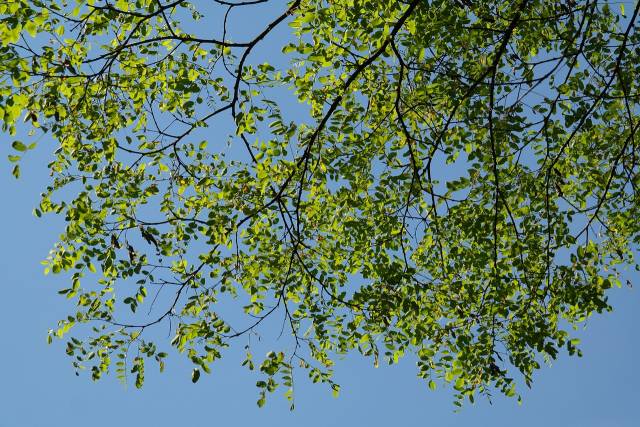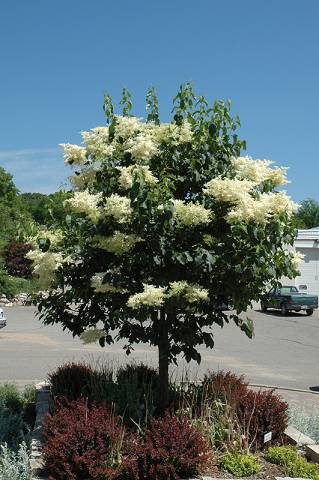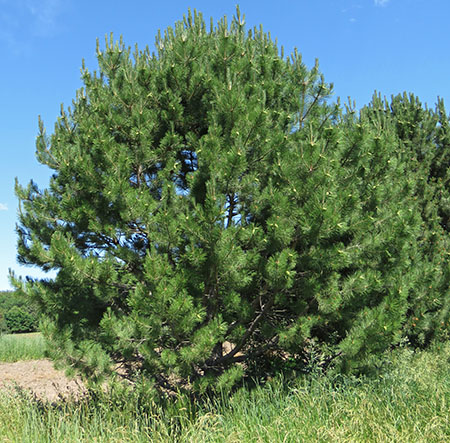A Guide to Fast-Growing Trees

In a community with new construction, one of the items topping a home buyer’s to do list is landscaping, which likely includes trees and shrubs. They provide shade and privacy, keep our homes cooler and our energy costs down, and can reduce the carbon monoxide around your home. Talk about a return on your investment! But what are the best fastest growing trees and shrubs for Colorado home buyers, and which ones should you NEVER plant in your yard? We’ve got the details from top horticulturists right here.
Best Trees for Fast Shade
 Bob Vila of This Old House says the slow-maturing trees live longer and are stronger than trees that shoot up quickly but might eventually fall on your house. But with some careful vetting you can find fast-growing trees – as long as you realize fast growing means about 18 to 24 inches per year.
Bob Vila of This Old House says the slow-maturing trees live longer and are stronger than trees that shoot up quickly but might eventually fall on your house. But with some careful vetting you can find fast-growing trees – as long as you realize fast growing means about 18 to 24 inches per year.
The Colorado State Forest Service reports that the fastest growing trees along Front Range communities appear to be cottonwood, catalpa, silver maple, blue spruce and some varieties of white oak.
The horticulturists with the Forest Service tracked trees over a 24-year period and also found that the Austrian pine tree ranked high as a fast-growing tree in this study. And according to the Arbor Day Foundation, some of the most popular fast-growing fruit trees include Early Harvest apple and Early Golden Apricot.
 You can find a variety of trees at Tagawa Gardens, the Parker nursery located on Parker Road about 20 minutes from Crystal Valley. Outreach Ambassador Luan Akin says that healthy trees are the “bones” of a landscape, anchoring it and giving it a sense of place and belonging.
You can find a variety of trees at Tagawa Gardens, the Parker nursery located on Parker Road about 20 minutes from Crystal Valley. Outreach Ambassador Luan Akin says that healthy trees are the “bones” of a landscape, anchoring it and giving it a sense of place and belonging.
She names five go-to trees that are perfect for Colorado yards and gardens including the Japanese Tree Lilac, which can grow to be 15 to 20 feet tall, the American Hornbeam that grows to 30 feet, and the Kentucky Coffee Tree that can reach up to 50 feet tall and 40 feet wide!
The Tagawa Gardens website also has a how-to video if you’d like a few pointers on tree-planting.
Best Time to Plant
A tree or shrub can be planted just about any time of the year that it can be placed in the ground and watered. The main reason we don’t plant trees during the winter is because it’s hard to water frozen ground! Early spring probably is the best time to plant because a tree’s root system has the best chance to develop before going dormant for the winter.
The first season after planting a tree or shrub will primarily grow and strengthen its root structure, so the more time it has to flourish in the ground prior to dormancy, the stronger and healthier it will be at the next spring season.
Avoid These Trees for Your Yard
 Shade is desirable, curb appeal is important, and so is loving where you live – and the type of trees you plant matter, too! According to Best Plants, sometimes homeowners anxious for rapid growth and early maturity, don’t take into account the deep, strong roots that can damage the foundation of your house. Others have weak wood, known to attract various pests and diseases. There are at least 21 trees that you should avoid planting in your yard and they include the Autumn Purple ash, which is one of those susceptible to insects as well as the sweetgum tree, the Lombardy poplar and the Bradford pear.
Shade is desirable, curb appeal is important, and so is loving where you live – and the type of trees you plant matter, too! According to Best Plants, sometimes homeowners anxious for rapid growth and early maturity, don’t take into account the deep, strong roots that can damage the foundation of your house. Others have weak wood, known to attract various pests and diseases. There are at least 21 trees that you should avoid planting in your yard and they include the Autumn Purple ash, which is one of those susceptible to insects as well as the sweetgum tree, the Lombardy poplar and the Bradford pear.
Au Naturel in Crystal Valley
Homeowners in the master-planned community of Crystal Valley, love the natural habitat and wide open spaces that surround them – and they love their trees! Explore the spectacular new Crystal Valley models and 2018 designs — in ranch and two-story styles – from D.R. Horton, Kauffman Homes and Richmond American Homes — priced from the high $300s.


